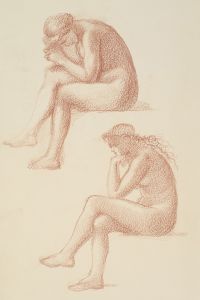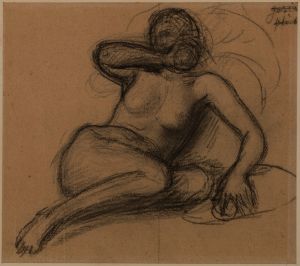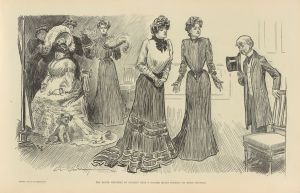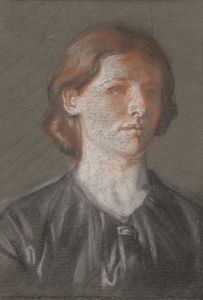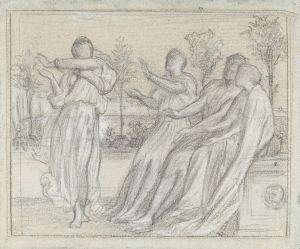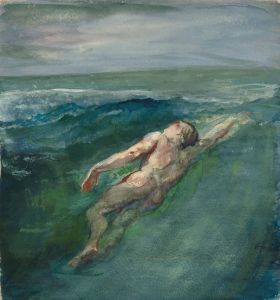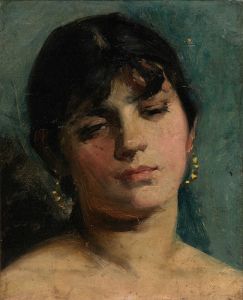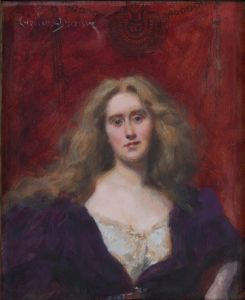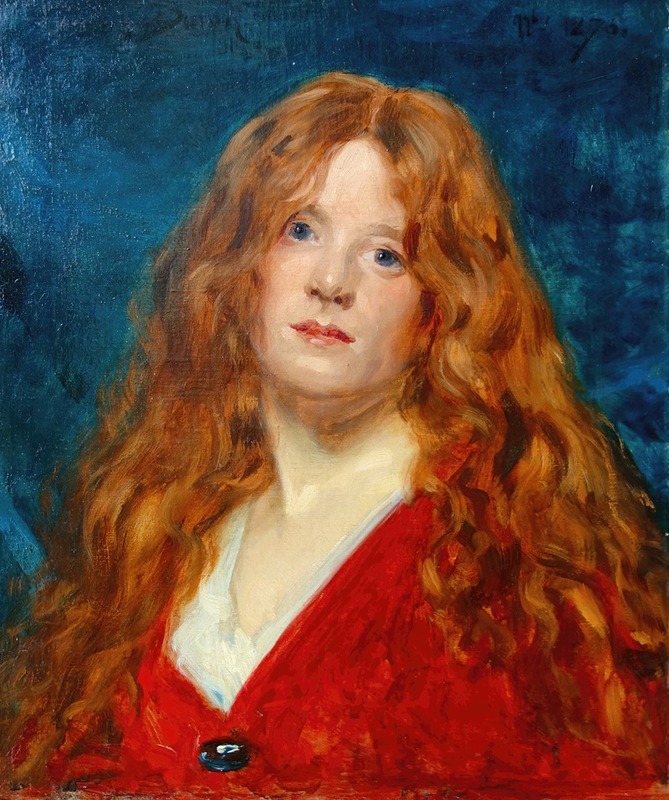
Portrait de femme rousse.1876
A hand-painted replica of Carolus-Duran’s masterpiece Portrait de femme rousse.1876, meticulously crafted by professional artists to capture the true essence of the original. Each piece is created with museum-quality canvas and rare mineral pigments, carefully painted by experienced artists with delicate brushstrokes and rich, layered colors to perfectly recreate the texture of the original artwork. Unlike machine-printed reproductions, this hand-painted version brings the painting to life, infused with the artist’s emotions and skill in every stroke. Whether for personal collection or home decoration, it instantly elevates the artistic atmosphere of any space.
Portrait de femme rousse (1876) is a painting by the French artist Carolus-Duran, whose full name was Charles Auguste Émile Durand (1837–1917). Carolus-Duran was a prominent portraitist of the late 19th century, known for his refined technique and ability to capture the personality and elegance of his sitters. He was particularly celebrated for his portraits of women, which often highlighted their grace and individuality.
The title of the painting, Portrait de femme rousse, translates to "Portrait of a Red-Haired Woman" in English. Created in 1876, the work exemplifies Carolus-Duran's mastery of the portrait genre during a period when he was at the height of his artistic career. The painting is notable for its focus on the sitter's striking red hair, which is rendered with meticulous attention to texture and color. The artist's use of light and shadow enhances the naturalistic quality of the portrait, while the soft, painterly brushstrokes reflect the influence of the Impressionist movement, which was gaining prominence in France during this time.
Carolus-Duran was known for his innovative approach to portraiture, which often departed from the rigid formalities of academic painting. Instead, he emphasized a more relaxed and intimate portrayal of his subjects. In Portrait de femme rousse, the sitter's pose and expression suggest a sense of individuality and presence, though her identity remains unknown. This anonymity is not uncommon in Carolus-Duran's works, as many of his portraits were commissioned by private clients or created as studies.
The painting is also an example of Carolus-Duran's skillful use of color. The warm tones of the sitter's hair and complexion are complemented by the subtle, muted background, which serves to draw attention to the figure. This compositional choice reflects the artist's training and his ability to balance realism with artistic expression.
Carolus-Duran's influence extended beyond his own work; he was a respected teacher and mentor to many young artists, including John Singer Sargent, who would go on to become one of the most celebrated portrait painters of his generation. Portrait de femme rousse is a testament to Carolus-Duran's enduring legacy as a master of portraiture.
The current location of the painting is not specified in available records, and further details about its provenance or exhibition history are not widely documented.





